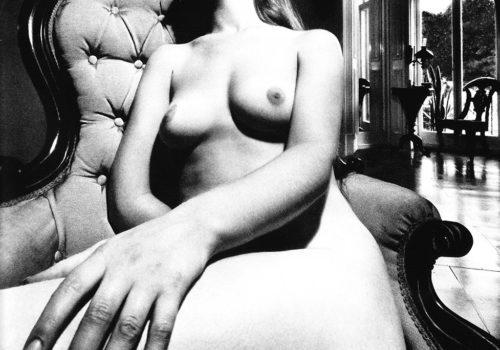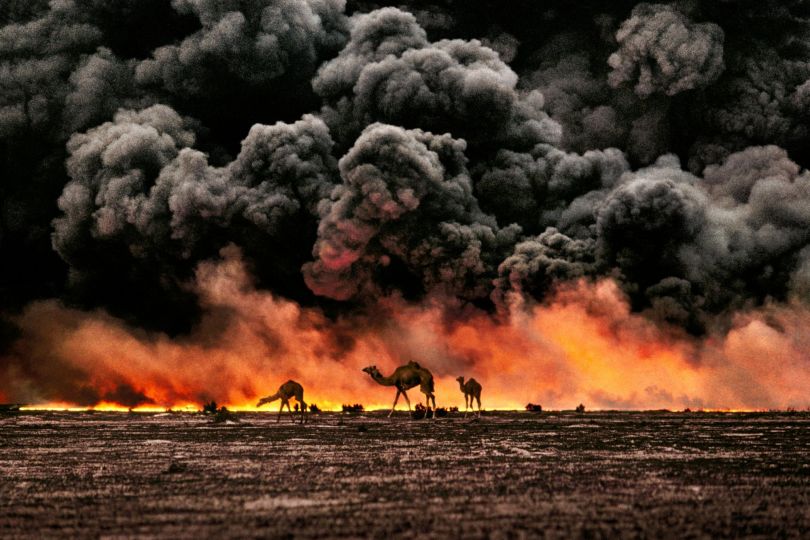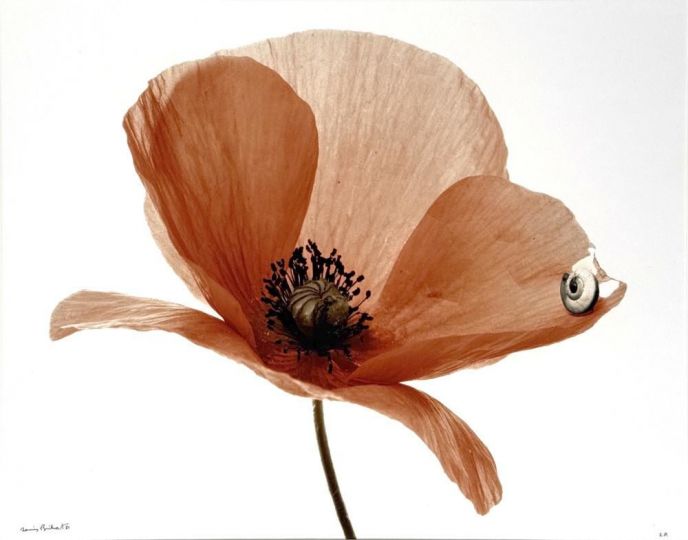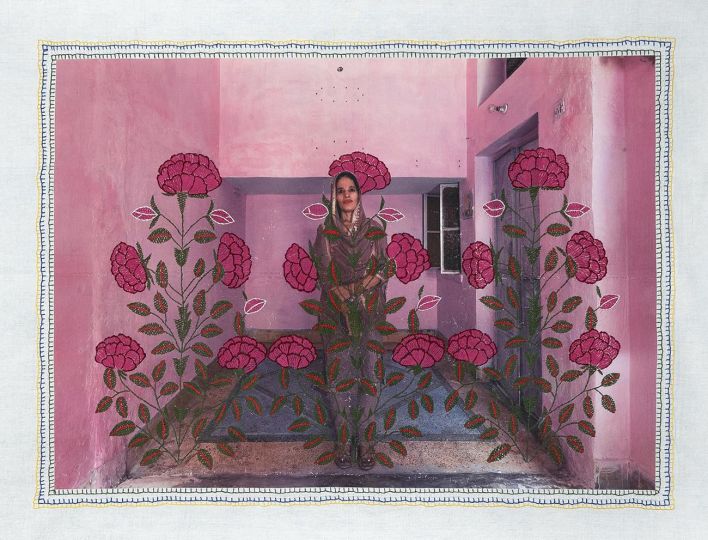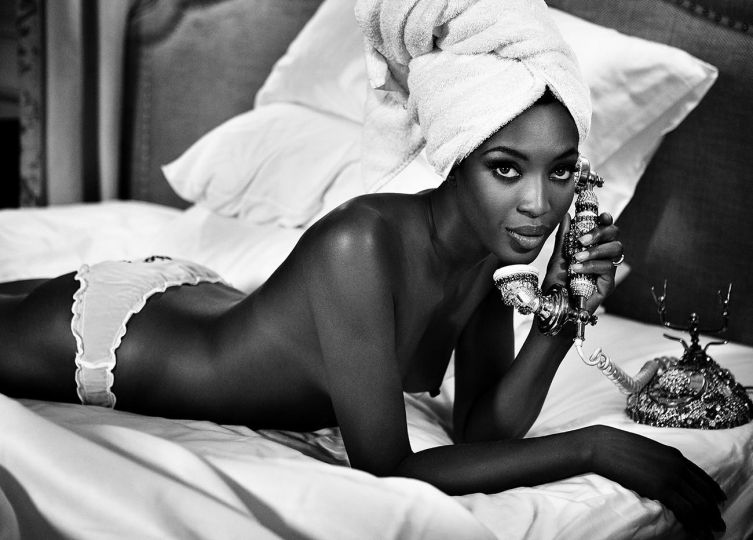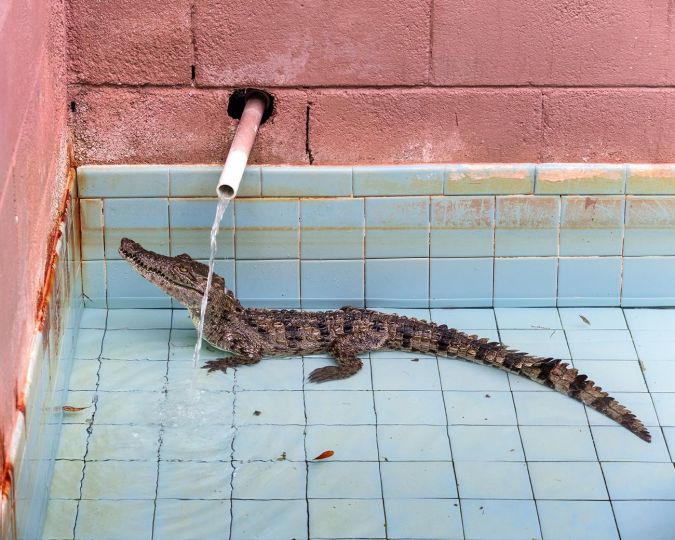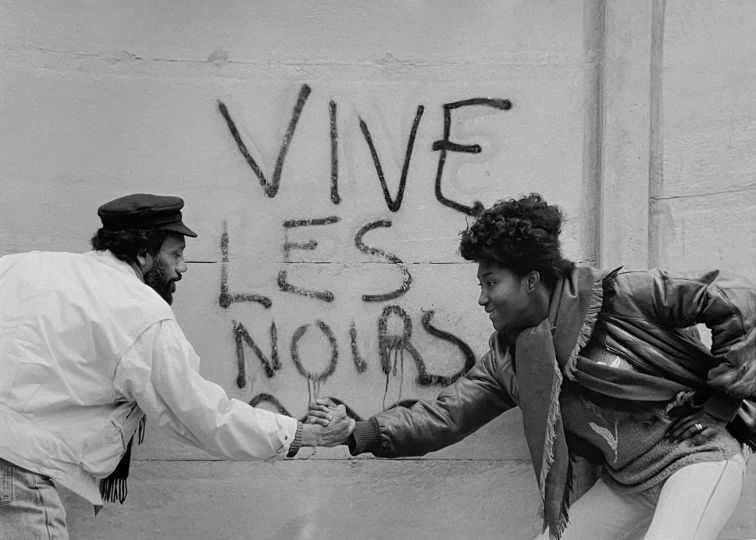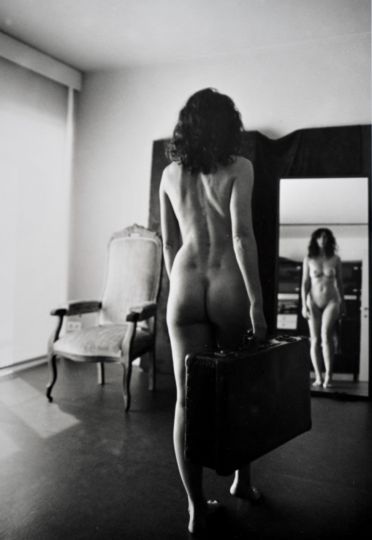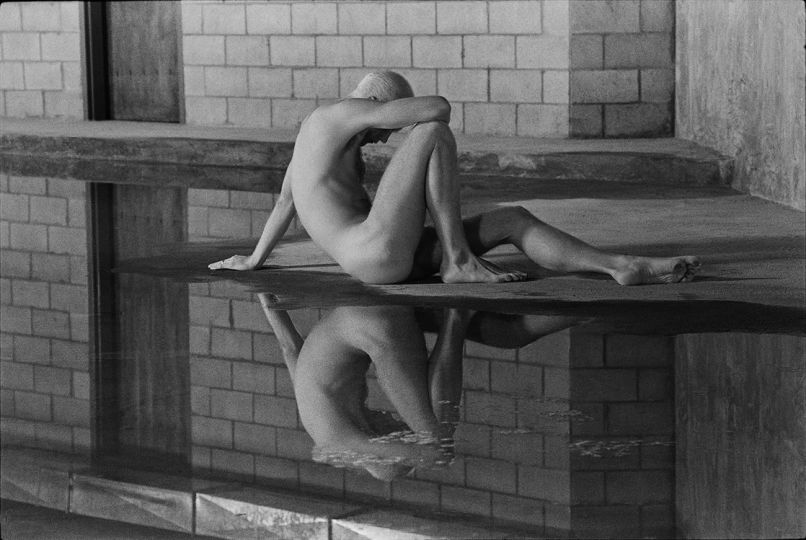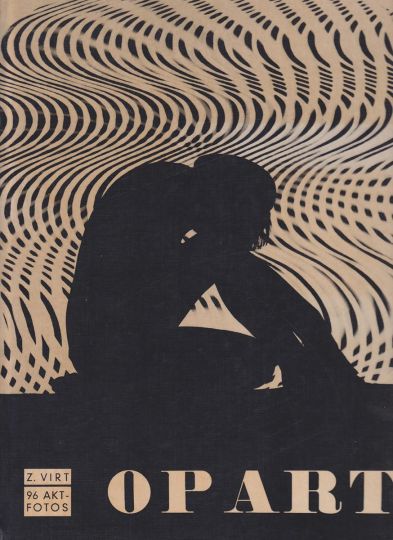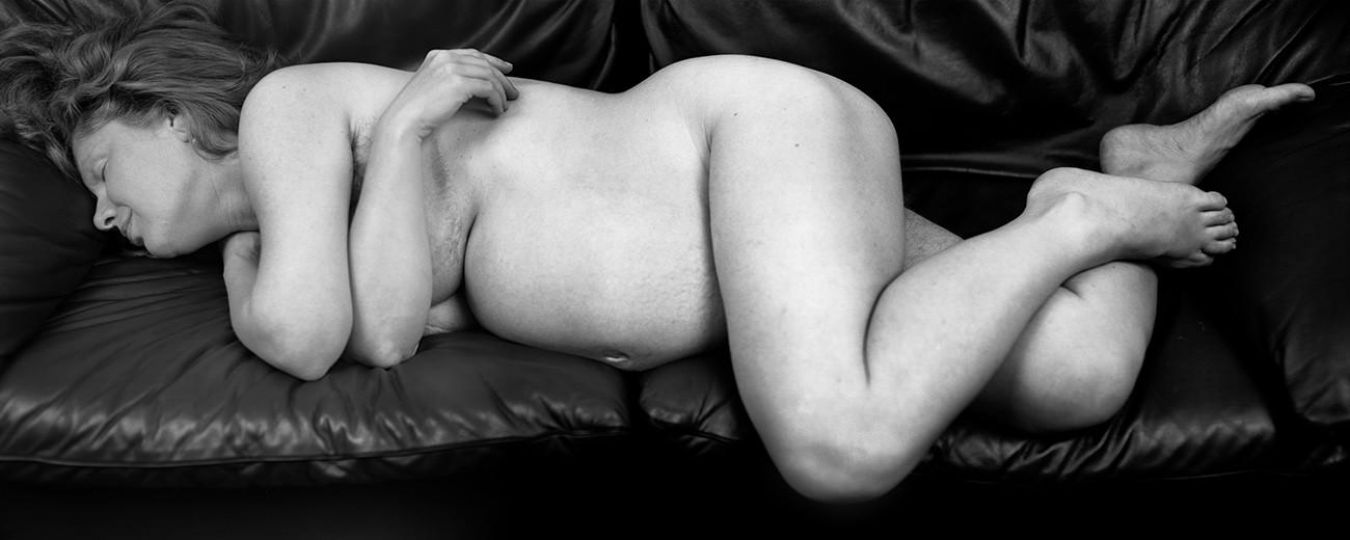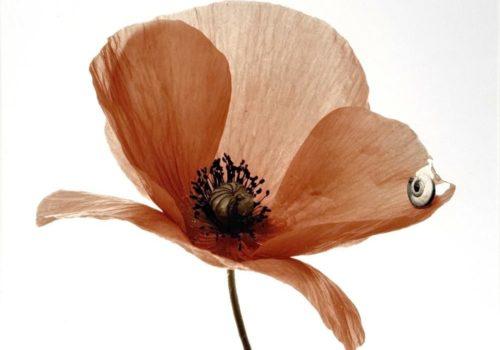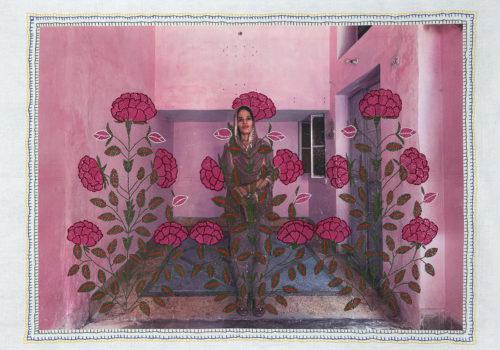Return of Alain-René Hardy‘s fantastic column on the great books on erotic photography!
Once again, I can only free my pen by giving up what, to continue the presentations of Julien Mandel, then of Zoltan Glass, was my initial project: to familiarize you, although naturally he is already well known and very appreciated by many of you, with Bill Brandt (1904-1983), at least with that part of his creation that he devoted to nude photography (still the most remarkable part of his work), with which my collection obviously has a lot to do, and consequently with this column for The Eye of Photography.
Shortly after the end of the War, in fact, the discovery at an antique dealer’s, followed by its use, of an old camera with a very long focal length (to infinity) led this English photographer of German origin, already known for his socially oriented reports and his views of London (undoubtedly suggested by Paris by Night (1932) of his friend Brassaï) to take, although he had never tried it, photos of nudes (“because they have always been beautiful and one summer morning I liked them”, as Germaine Krull said). First indoors (which does not mean in a studio), later outdoors, mainly on beaches in the Channel. Very similar to a camera obscura, this device, with rudimentary settings, naturally generated distorted perspectives and similarly affected the rendering of bodies, with results not very far removed from the distortions invented by Kertèsz a few years earlier.
Taken in London apartments (from Camden to Hampstead) between 1945 and 1953, his nude photographs generate images with often stifling, even distressing atmospheres, with surrealist connotations, to which their outdated Victorian furnishings are not entirely foreign [Ill. 1-4].
In a second stage, gradually abandoning his complacency for these rather oppressive atmospheres that the experimental use of his discovery had given him, Brandt, now focusing on the exploration of the thick and thin lines of female anatomy (sometimes contrasted with the orthogonal forms of abstract painting) [Ill. 5]. developed his practice and focused on the bodies of the naked models who occupied the apartments and with wide angle distorted their morphology at will [Ill. 6-7].
These photographs were discovered, not without surprise at such a novelty, in the first parts of the publication that would later result (1961) from these years of experimentation. Prefaced by Lawrence Durell, Perspective of nudes [Ill. 8] (simultaneous edition London, Bodley Head; New York, Amphoto and Perspectives sur le nu, Paris, Prisma) which caused if not a scandal, at least, showing the unseen (as they say the unheard), – what had never really been perceived, aroused a tangible upheaval in the world of photography. Hence the universal fame that Bill Brandt, today considered a major milestone in the history of photography, gained from it.
Then, drawn from 1953 onwards by a growing attraction to the feminine figure, perceptible in his initial essays [Ill. 7], he would soon take his models and camera outdoors, to the pebble beaches of Sussex, then cross the Channel, to Normandy, mainly to Vastérival, not far from Dieppe, a wild beach bordered by chalky cliffs in the Pays de Caux. And there, like the Count of Clugny in the past (who was the subject of my inaugural column), he discovered, and made us rediscover, that hard, compact and sharp, rocks, breakers and cliffs, dangerously hostile and aggressive, bring out by contrast the fragility and vulnerability of the roundness and tender curves of women, for which they constitute an ideal counterpoint [Ill. 9-10].
While the pebbles, on their side, eternally rolled and polished by the sea into perfect shapes are wonderfully analogous to the curves ready for the caress of the bodies of our companions, – an indisputable paradox of this seaside environment where pebbles and rocks coexist. Brandt then moves in his maritime outdoor shots towards an art creation that has more to do with sculpture than with photography, by the effect of extremely tight framing on feet, elbows, buttocks, and even ears, – to the point of making anatomical identification problematic, and even sometimes impossible [Ill. 11], an effect intensified by systematic pronounced overexposures, generating abstract forms in all respects similar to those developed at the same time in their practice by his compatriots Henry Moore and Barbara Hepworth [Ill.12-13].
In fact, his work is so rich, innovative, subtle, complex – especially since he tirelessly reworked his shots when printing – that for fear of exposing my shortcomings, I will limit myself to emphasizing that, while his predecessors and contemporaries used a profusion of accessories, gimmicks and props, that is to say, elements alien to the photographic fact, Brandt’s style, entirely and exclusively photographic, is developed only from light, depth of field and exposure time. Which, we will agree, constitutes a difference, an enormous one.
From there, his very particular management of light, frequently commented on, which could lead one to believe that the photographer, beholden to extreme contrasts, only works with white and black, all intermediate values, all shades of gray excluded; hence these nudes, saturated with light, violently overexposed, where the female bodies stand out against the background with a minimum of nuances, summed up in suggestive volumes [Ill. 14-15]. Finally, giving up on analysing his practice in depth, I will be content, in order to fulfil my purpose, to compose my column by skirting around its subject – in a way to publish it without having to write it, to submit to your gaze and your judgement a selection of his most impressive and significant images selected in the two titles where they were revealed (in heliogravure): Perspective of nudes and Nudes 1945-1980 (London, Gordon Fraser, 1980) [Ill. 16], the latter published almost twenty years later, largely reproducing images already revealed in Perspective, not without adding interesting shots from the same sessions, including among others those where the illusion is reinforced by the use of mirrors. [Ill. 17].
Alain-René Hardy
L’ivre de nus
[email protected]

